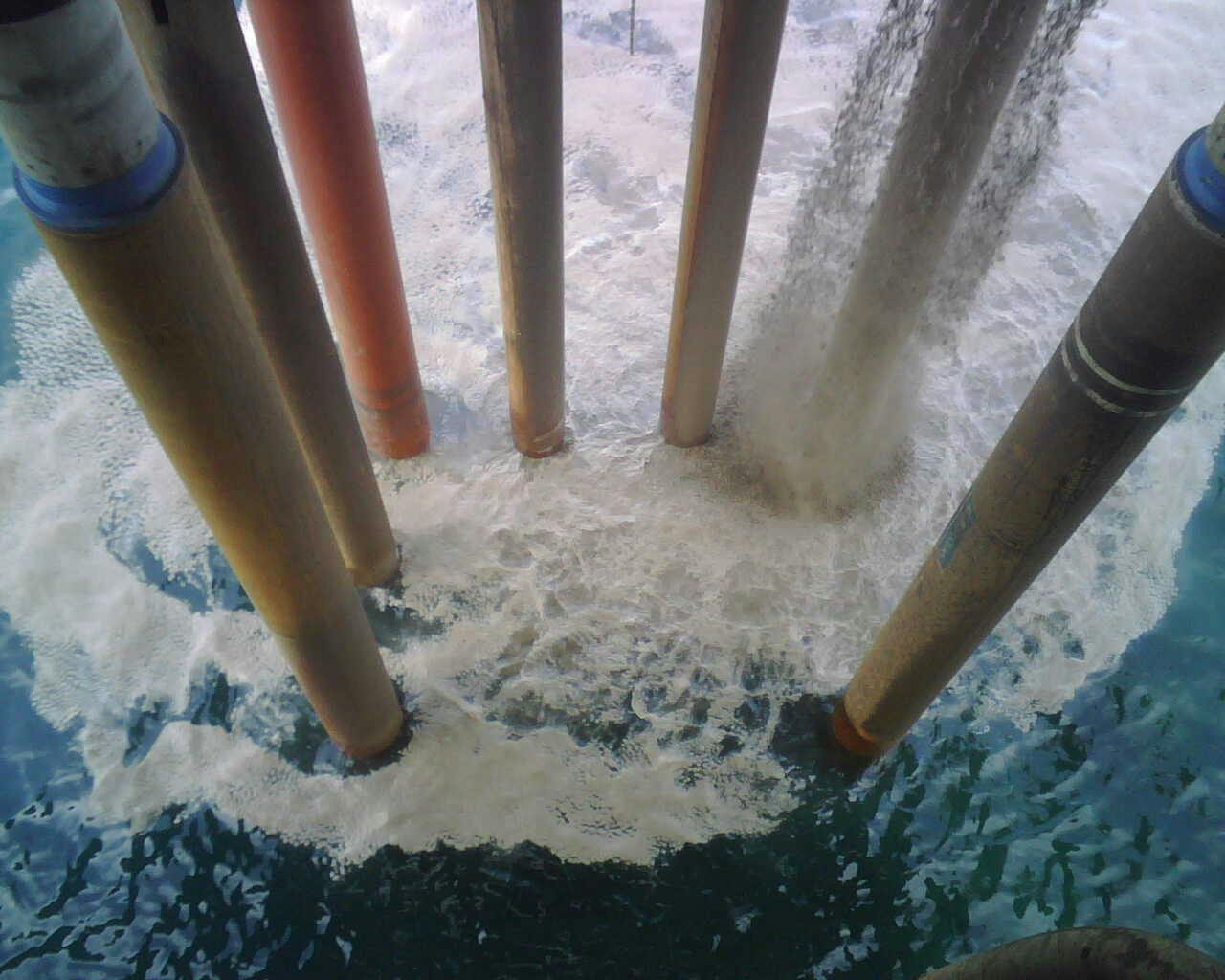Projects
North Sea Platform Well Conductor Failure
2H helped a client determine the cause of a platform well conductor failure and assess the likelihood of a similar failure occurring on another well slot.
Location
North Sea, UK
Location
North Sea, UK
Location
North Sea, UK

Challenges
The analysis showed that the shut-in and production operations had resulted in significant damage accumulation when the centraliser had failed, with shut-in operations being the more damaging. There were two key sources of uncertainty when trying to determine how much fatigue damage had been accumulated in each well. The first was the duration of the loss of centralisation, as there were long periods between ROV inspection intervals. The second was the appropriate fatigue detail to be considered for the thrust collar, as the weld quality was not known. The variability in the duration of centralisation loss and fatigue detail resulted in a wide range of possible fatigue damage scenarios. To account for this, we assessed a range of failure timelines and fatigue details to provide an overview of the risk of failure for the intact conductors.
To increase the accuracy of the results, we obtained the axial loads for each operation from well load software and incorporated it into the conductor analysis that we performed.

